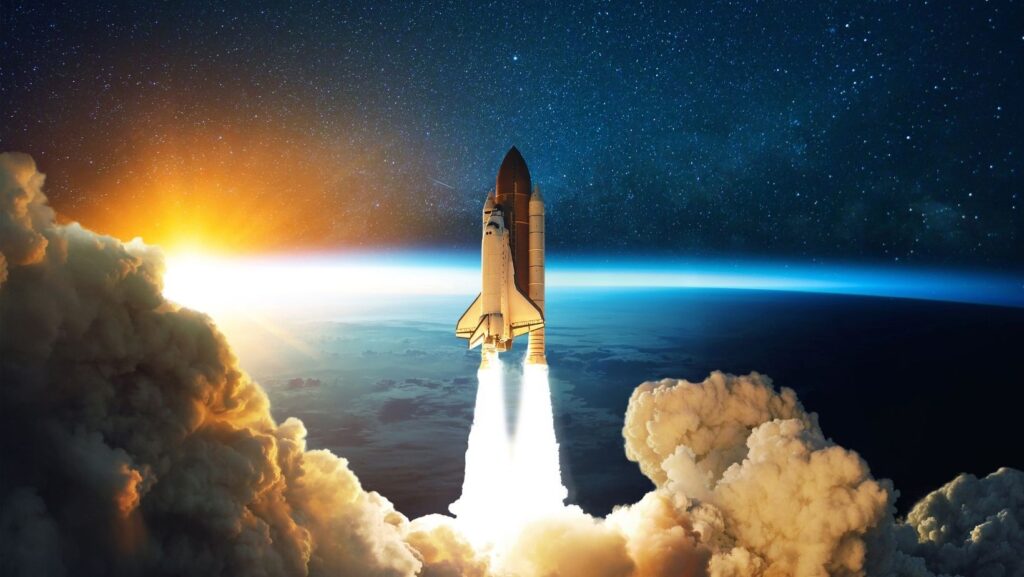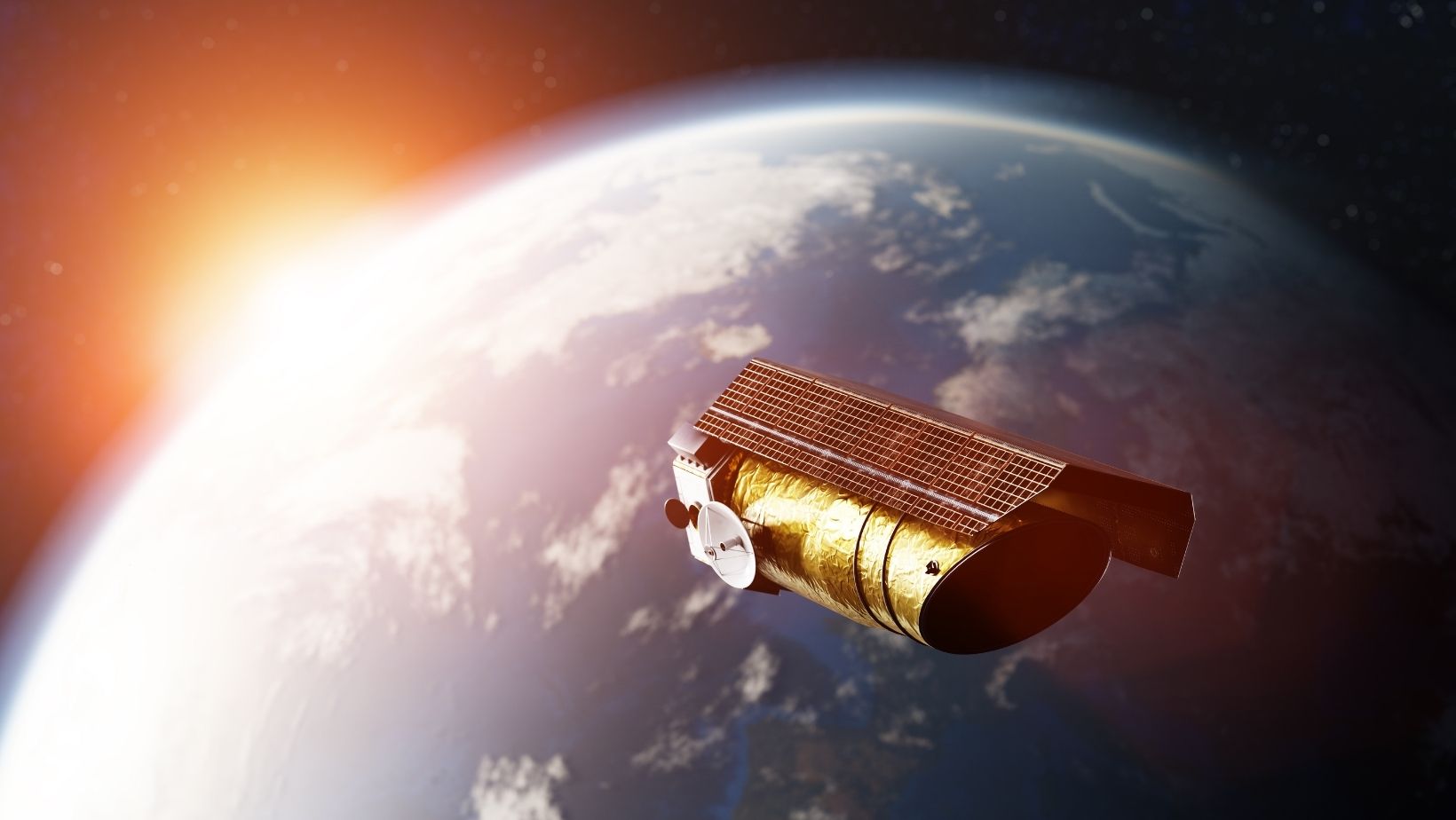
Space exploration has been a recurrent theme across different elements in our daily lives for more than half a century. The best-selling blockbusters, novels, and merchandise across different spectrums have been somewhat related to the idea of what a space-age civilization would look like. Even in video gaming and mobile casino games, you’ll notice that the most popular titles often share the same theme, which has something to do with outer space.
As we speak, it’s been over four decades since NASA’s last attempt to send a human to another planet. Finally, the space agency has been making plans to push astronauts beyond the gravitational grasp of Earth: to our natural satellite, to the fourth planet from the Sun, and beyond. NASA’s program to return to the moon is called Artemis, where the agency intends to sustainably send humans to the Earth’s satellite in preparation for missions to the red planet. So, what is NASA’s official plan, and what strategies are being adopted to do this?
What Is the Initial Plan of NASA?
The journey to Mars will start with the Artemis program by establishing the first human to stay the longest on the moon. From the findings, NASA will use the data to send volunteer astronauts to the red planet. In 2022, NASA revealed an outline for the first crew to Mars mission where they identified 50 points falling under four categories of the following:
● Exploration;
● Transportation & Habitation;
● Infrastructure;
● Operations & Science.
The objectives were to inform the agency’s exploration plans for both targets in the next 20 years. Here’s a highlight of the goals:
● Designing a transportation system that can deliver larger elements from Earth to Mars;
● Developing Mars surface power that will be enough for the first human demonstration mission;
● Building entry, descent, and EDL systems to deliver larger cargo and crew to Mars.
However, sending humans to space is still challenging, with the distance being a significant factor. Did you know that Earth is about 140 million miles away from Mars? Thus, given our current tech advancements, it would take 500 days to get between the two planets. The other challenge is the lack of gravity on the red planet, so crews will have to live in pressurized cabins during the mission to acclimate to the change.
If all goes well, NASA envisions using a habitat-like spacecraft to send crew members to Mars using a hybrid rocket powered by electrical and chemical propulsion. The crew was to have four members, and two would proceed to the red planet with 25 tons of supplies awaiting them there.
How Will Artemis II Accomplish the Goal?
The mission is set to start towards the end of 2024. The Orion Spacecraft is the vessel tapped to send the first human crew to Mars. It is associated with the Orion and Space Launch System (SLS), critical to NASA’s plans to the moon and beyond. The Orion capsules have advanced life support and environmental control systems per the space demands.

Proving that these systems are viable will mean that the Artemis II mission will be a success, which will have traveled beyond the moon. However, the humans will not land on the moon during the upcoming mission. This will happen during the Artemis III mission that will come later. The exploration of our natural satellite and our red neighbor in the Solar System is, therefore, intertwined, where the moon is a test platform for survival on the Red Planet.
So, When Will the NASA Crew Go?
The question of when the first crew is set to land on Mars depends on how fast and successful the mission to the moon will go. Former American president Donald Trump signed an order directing the NASA team to send humans to the coveted red planet by 2033. Barack Obama had also set the mission to be done in the 2030s. President Joe Biden is also in support of these plans.
Bill Nelson, the NASA administrator, pushed the date to 2040, saying that it’s when humans will walk on Mars. President Biden’s budget for the next fiscal year allocated $27 billion to NASA, where $7.6 billion would go into deep space exploration.
Who Will Participate?
The specific person that will go to Mars is yet to be decided. However, in 2019, Jim Bridenstine (former NASA administrator) said that the first person to the red planet might be a woman or person of color. Regarding this, Artemi III is expected to land the first female and a representative of any race other than Caucasian on the moon, so it won’t be surprising if the same group lands on our red neighbor.

Elon Musk, who has worked with NASA via his SpaceX company, said that he believes the first humans will arrive on Mars by 2029. However, the names remain a mystery.
Now You Know – NASA Is Planning to Send Humans to Mars!
It’s official that NASA, via the Artemis II mission to the moon, is making bold steps towards sending humans to the fourth planet of the Solar System. From the look of things, the mission will likely be accomplished within the next two decades to welcome humans to a new era of civilization.













